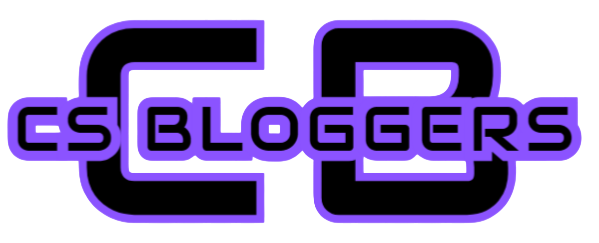In recent years there has been a lot of talk on the Internet about CMS software, and they have become the operating basis for most websites. The abbreviation CMS stands for Content Management System, or Content Management System. It is therefore necessary first of all to clarify what is meant by content: any unit of information, therefore text, graphics, images, sounds, music, documents, recordings, and in general any information in digital format, or in any case suitable to be transferred to IT support sitecore content management system.
“Content” and “data” are two completely different concepts; in fact, a content can be a set of data, constituting complete and “interesting” information for the user. For example, the title of an article is considered a single data in the technical structure of most databases, while the content consists not only of the title but of the text of the article, the date of publication, the author, and so on. The concept of content cannot therefore be separated from a “human” interpretation, that is, from the consideration of the needs and characteristics of the users who will use the information.

The “content management”, the basic idea of every CMS, includes in particular procedures for the visualization, insertion, modification, elimination and cataloging of such information, based on pre-established rules and workflows.
A CMS is therefore an organized set of tools aimed at facilitating and controlling the management and publication of contents, in a practical and efficient way. One of the strengths of CMS is the transparency of use for the user, who does not have the perception of the “technical subsystem” ( database, programming, etc.), thus resulting in greater ease of use even for less expert or occasional users. The term “System” also underlines the centralized management of information, resulting in immediate and synchronized availability from all access points.
The most widespread practical declination of the CMS concept is certainly that of the WCMS or Web Content Management System, that is an entirely online content management platform, extending the functionality of a website.
The contents are made immediately available to visitors on the website, without the need for further technical steps. We therefore move from static and purely presentative sites to dynamic portals, constantly updated, and capable of offering the user a high level of interaction. A WCMS can be made available to the entire Internet (public site), or within a company intranet, or to a limited set of users.


